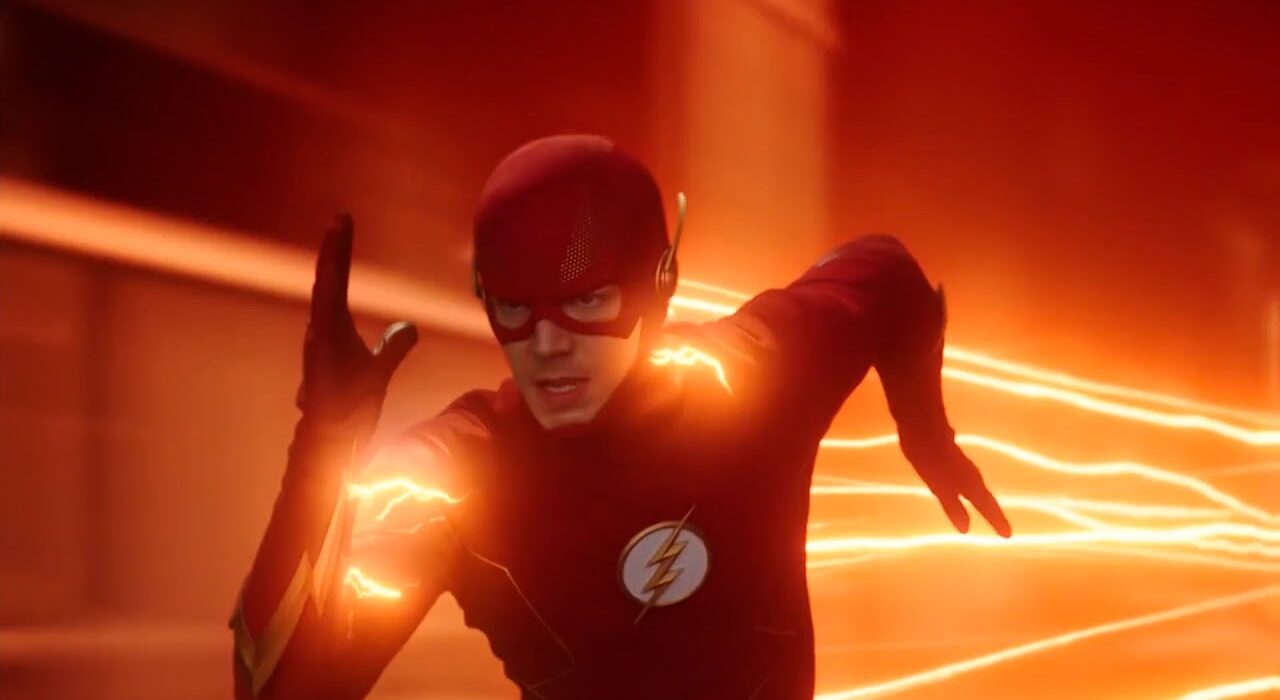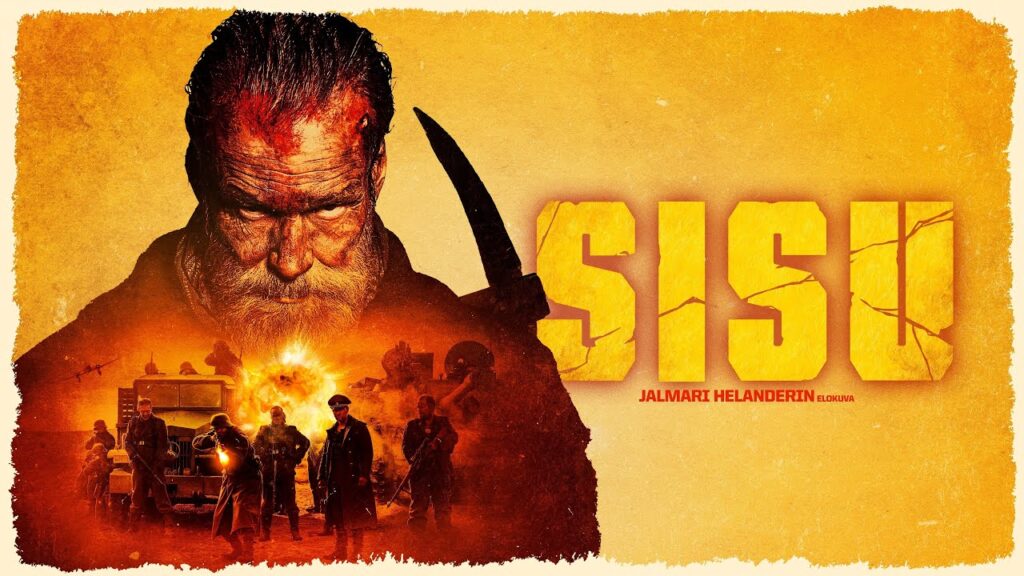The Flash Seasons | Ranked From Worst to Best

A Retrospective on “The Flash”: Analyzing Seasons and Characters in the Arrowverse
“The Flash” is a TV series that originated from the success of “Arrow” and expanded the “Arrowverse” on The CW network. The show follows Barry Allen, a crime-scene investigator who gains super speed after a laboratory accident. With the help of his team, including Caitlin Snow, Cisco Ramon, Harrison Wells, Joe West, and Iris West, Barry fights crime in Central City. “The Flash” has had a successful eight-season run, with a mix of thrilling action, humor, and emotional moments. As the series concludes with its ninth and final season, this retrospective explores each season and the beloved characters that made the show a fan favorite.

Season 7
Evaluating Season 7 of “The Flash”: Challenges, Storytelling, and Bright Spots
Season 7 of “The Flash” faced significant challenges due to COVID-related production issues and the departure of the main stars, resulting in a season considered the series’ lowest point. The storytelling became muddled, and the resolution of the Mirror-verse arc, although promising, quickly lost its impact. The introduction of the “Forces” concept, portrayed as mystical god-like children of Barry and Iris, felt strange and did not fully come together.

The Godspeed arc, long anticipated since Season 5, failed to deliver anything groundbreaking. Departures of characters like Cisco and Wells, along with the underutilization of Joe, added to the season’s drawbacks. However, there were some bright spots, including Allegra and Chester’s expanded roles, the introduction of Bart Allen/Impulse, and the development of Killer Frost as a separate character. Despite the challenges, the future appears more promising for the series.
Season 9
Reflecting on Season 9 of “The Flash”: Legacy, Mixed Bag, and a Strong Finish
Season 9 of “The Flash,” serving as the concluding chapter of the Arrowverse, focused on themes of legacy and the future. While the season had its ups and downs, it marked an improvement from the previous season. The exploration of Barry and Iris’s conflict between a predetermined future and living in the present was a strong element.

The reintroduction of the multiverse, tied to an impactful guest appearance by Oliver Queen, added depth and excitement to the final arc titled “A New World.” The four-part finale showcased powerful drama and standout performances, particularly by Grant Gustin. However, the season suffered from a slow start, with the main storyline not receiving enough development until later episodes. The abbreviated episode count of 13 also limited character arcs for Chester, Allegra, and Cecile. The new version of Caitlin as Khione lacked integration into the overall narrative. Nevertheless, Season 9 ended on a high note, providing a fitting farewell and a promising future for the beloved characters in Central City.
Season 8
Assessing Season 8 of “The Flash”: Creative Resurgence and Character Challenges
Season 8 of “The Flash” aimed to rejuvenate the series after a lackluster Season 6 and disappointing Season 7. While the season’s attempts to shake things up were not always successful, it ventured into creative and familiar directions that allowed for reflection on the characters’ shared history. The season commenced with an engaging self-contained crossover event, “Armageddon,” featuring various characters from the Arrowverse. The return of Eobard Thawne/Reverse Flash injected unpredictability into the storyline, while Caitlin and Killer Frost took center stage in the fight against Deathstorm. The Forces also made a more interesting impact, contributing to significant storylines.

However, Season 8 faced notable character challenges. Iris had limited involvement, mainly being in peril due to her time sickness, resulting in her absence for multiple episodes. Joe, after retiring from the police, remained on the sidelines throughout the season, while Cecile felt shoehorned into Team Flash’s missions.
Despite these shortcomings, Season 8 proved to be an entertaining and reassuring chapter for “The Flash,” demonstrating that the series still has life and potential for further development.
Season 6
Evaluating Season 6 of “The Flash”: Divided Storylines and Missed Opportunities
Season 6 of “The Flash” faced a division in terms of storyline quality and scope, resulting in a lower ranking on this list despite a strong start. The first half of the season built up to the highly anticipated Crisis on Infinite Earths event, with Barry facing his impending death and contending with the formidable villain Ramsey Rosso/Bloodwork.

These episodes carried emotional weight and incorporated thrilling horror elements. However, after the Crisis event, the series failed to shift the status quo significantly, which was disappointing considering the potential for substantial changes. While other Arrowverse shows were greatly affected by the Crisis fallout, “The Flash” continued into the Mirror-verse arc, which felt underwhelming compared to the preceding storyline. Season 6 appeared hesitant to take significant risks and fell short of its past successes and storytelling standards
Season 5
Exploring Season 5 of “The Flash”: A Balanced Blend of Storylines
Season 5 of “The Flash” takes a somewhat safer approach to its central story compared to the previous season but executes it well. The presence of Nora alters the timeline, leading to encounters with the serial killer Cicada and a compelling exploration of the new family dynamic between Barry, Iris, and Nora. The season strikes a great balance between its serious main story and the lighter villains of the week, while also introducing Sherloque Wells, a French detective who aids in the investigation.

The creation of a metahuman cure and its impact on Team Flash and the Central City Police Department adds depth to the narrative. With some adjustments, Season 5 could have served as a satisfying series finale, featuring significant character moments and teasing Central City’s future. However, the anticipation of the Crisis event prevented it from fully concluding the series on a high note. Overall, Season 5 presents engaging storylines and a touch of enjoyable French-themed quirkiness.
Season 4
Exploring Season 4 of “The Flash”: Transition and New Challenges
Season 4 of “The Flash” marks a significant transition for the series as the team confronts their first non-speedster villain, Clifford DeVoe. Amidst DeVoe’s plot to reboot minds with dark matter, the characters face personal milestones and growth.

Barry and Iris get married, Joe and Cecile prepare for their daughter’s arrival, and the team expands with the introduction of Ralph Dibny as the Elongated Man. Caitlin’s journey toward recovery and Cisco’s development as Vibe adds depth to the narrative. However, the season has its downsides, including a lighter tone that sometimes feels forced and gimmicky episodes. The pacing occasionally suffers due to DeVoe’s convoluted plan and a storyline involving Barry’s wrongful imprisonment. Despite these flaws, Season 4 still offers engaging moments and teases the introduction of Nora West-Allen, Barry and Iris’s daughter from the future.
Season 3
Exploring Season 4 of “The Flash”: Transition and New Challenges
Season 4 of “The Flash” marks a significant transition for the series as the team confronts their first non-speedster villain, Clifford DeVoe. Amidst DeVoe’s plot to reboot minds with dark matter, the characters face personal milestones and growth. Barry and Iris get married, Joe and Cecile prepare for their daughter’s arrival, and the team expands with the introduction of Ralph Dibny as the Elongated Man. Caitlin’s journey toward recovery and Cisco’s development as Vibe adds depth to the narrative.

However, the season has its downsides, including a lighter tone that sometimes feels forced and gimmicky episodes. The pacing occasionally suffers due to DeVoe’s convoluted plan and a storyline involving Barry’s wrongful imprisonment. Despite these flaws, Season 4 still offers engaging moments and teases the introduction of Nora West-Allen, Barry and Iris’s daughter from the future
Season 2
Season 2 of “The Flash”: Exploring the Multiverse
Season 2 of “The Flash” takes Team Flash on a journey into the multiverse, introducing new allies and enemies from different Earths. The main antagonist, Zoom, poses a threat to all metahumans with super-speed abilities, seeking to absorb their powers for his own gain. The season explores the concept of doppelgängers as the team encounters characters like Harry Wells and Jay Garrick from alternate Earths.

Additionally, the season delves into the complex family history of Joe and Iris, introducing Joe’s son Wally West and exploring their strained relationships. Barry’s love life also takes center stage as he navigates his feelings for Iris while starting a new relationship with Patty Spivot. Despite not reaching the same heights as Season 1, Season 2 expands the series’ scope, adds depth to the main characters’ backstories, and delivers a mix of drama, action, and romance. Standout episodes include “Welcome To Earth-2/Escape From Earth 2” and “The Runaway Dinosaur.”
Season 1
Season 1 of “The Flash”: A Stellar Debut
Season 1 of “The Flash” sets the bar high with its exceptional debut. Unlike many other first seasons, this show starts off strong, delivering captivating storylines, engaging characters, and impressive visual effects. The chemistry among the ensemble cast, including Barry, Caitlin, Cisco, and Harrison Wells, is a joy to watch.

The season introduces the menacing and multi-layered villain, Reverse-Flash, portrayed brilliantly by Tom Cavanagh. The backstory tied to Barry’s mother’s death adds depth to the conflict. The season also features a stellar recurring cast and lays the groundwork for future Legends of Tomorrow characters. With a well-conceived origin story, well-developed characters, and thrilling superhero action, Season 1 of “The Flash” is a memorable and nearly flawless beginning to the series. Standout episodes include “Fast Enough” and “Out of Time.”












